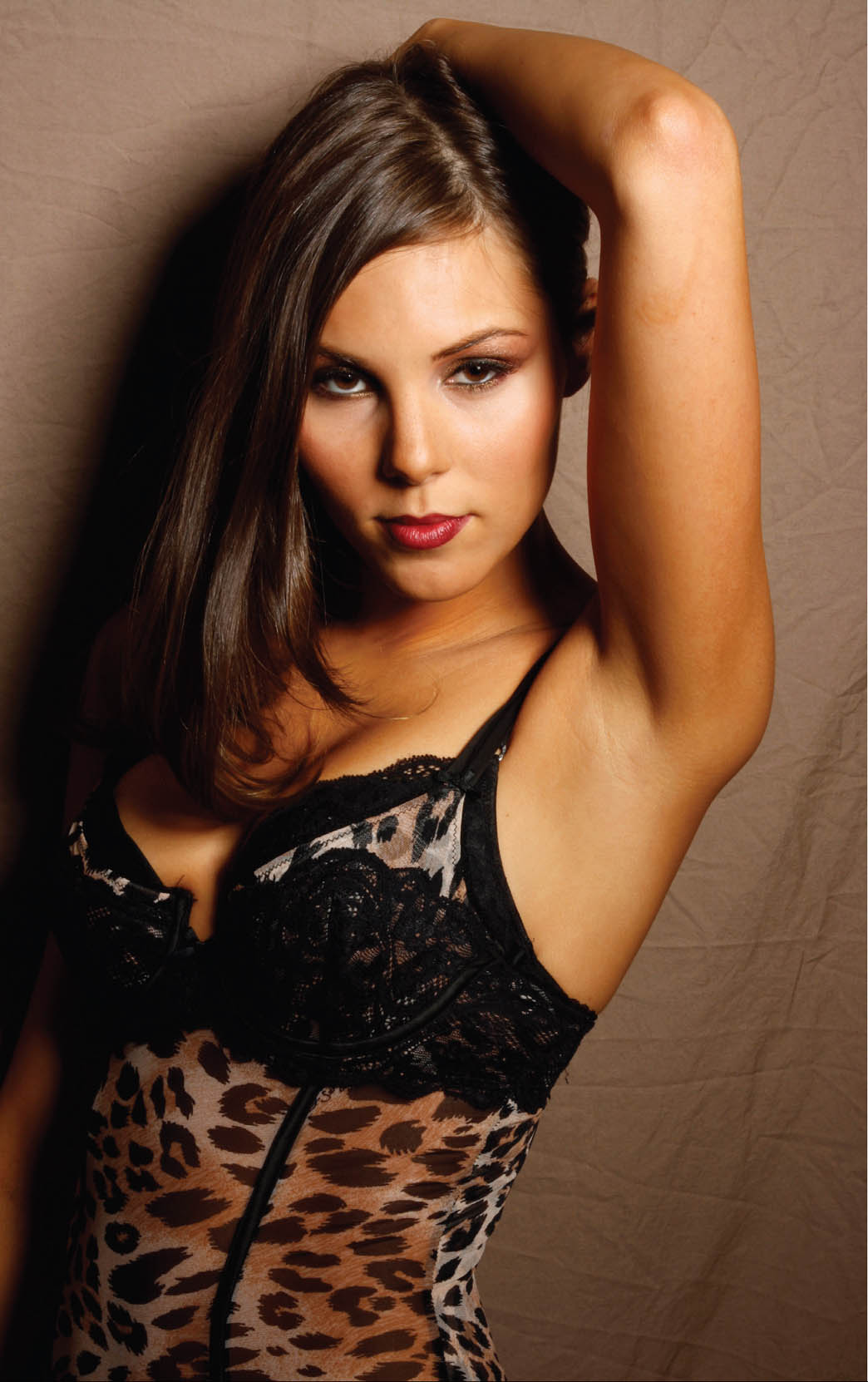
Wrinkles in a hanging sheet are a subtle “bedroom” reminder.
Uncommon Backgrounds from Common Products
You may have a few rolls of seamless paper—perhaps a roll of white, gray, and black—in your studio. You may even have a painted muslin or two. Let’s look at some inexpensive options for building a more versatile backdrop library. In my opinion, any time you can utilize a common product in an unusual way, you’ll be ahead of your competition—and that should always be a goal.
Bed Sheets
Common bedsheets are inexpensive, especially when sold by the piece instead of as part of a set. The sheet I’ve used for these photo samples, a queen-sized flat sheet, cost slightly less than $10 at Target. Garage sales and thrift stores might also yield some good finds at an even better price.
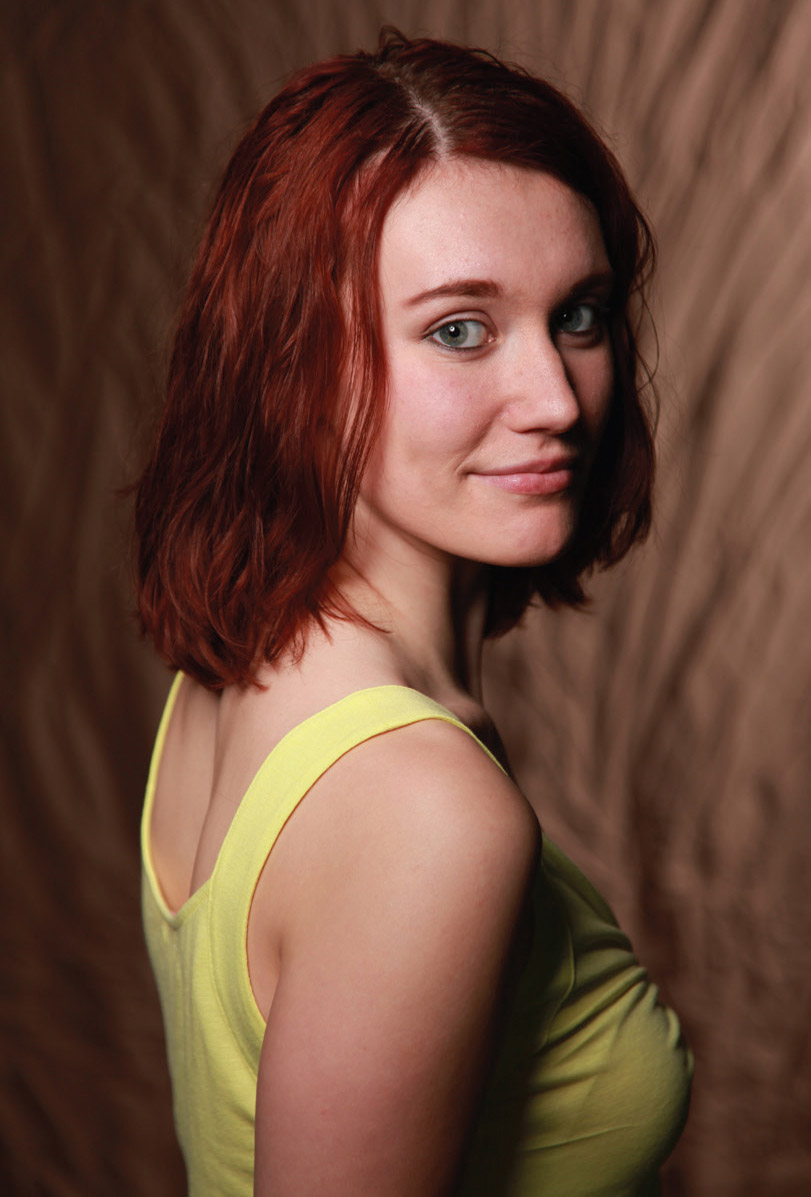
Deliberate wrinkles can create a feeling of motion.
If you want a perfectly flat background, bed sheets won’t do the best job. It’s difficult to hang them without some degree of sag. What I like to do is wash them after purchase to get the symmetrical fold lines out, then crumple them as much as possible for storage. I simply pin up a sheet when I want to use one, and let the wrinkles serve as a compositional element.
When your client is posed close to the background, the wrinkles will show up nicely, and you won’t be fooling anyone into thinking that you’re not shooting into a wrinkled fabric. The point is that it’s different from other backgrounds, and not at all unpleasant. For those of you who do boudoir photography, this trick creates a subtle bedroom reminder, perfect for your smokin’ hot images.
A queen bed sheet is wide enough so the client may be positioned a considerable distance from the background. This will allow you to use a wide aperture and throw the background out of focus, creating interesting patterns from the shadows in the wrinkles. I moved my model about 12 feet from the background and skimmed the fabric with a softbox. I powered both lights to the same aperture (f/4), measured the background light at the brightest part, and let it fall off across the field.
Rugs and Carpet
When I was in high school, a local photographer had carpeted his main studio floor and then ran the carpet all the way up to the ceiling of the shooting wall, leaving a small curve at the bottom. This gave him, essentially, a carpeted cyclorama, but with plenty of room to place other paper or cloth backgrounds. I thought this was a pretty good—albeit pricey—idea and installed his idea in my first studio. It worked great, although I had to create a hard floor by placing plywood over the carpet whenever I used seamless paper. It quickly became obvious that women’s heels would puncture the paper if I didn’t put down a barrier.
Since then, I’ve used a number of rugs as backgrounds, just not as a semi-permanent attachment. I am a pretty frugal guy, so I’ve purchased some at garage sales, for substantially less than retail price.
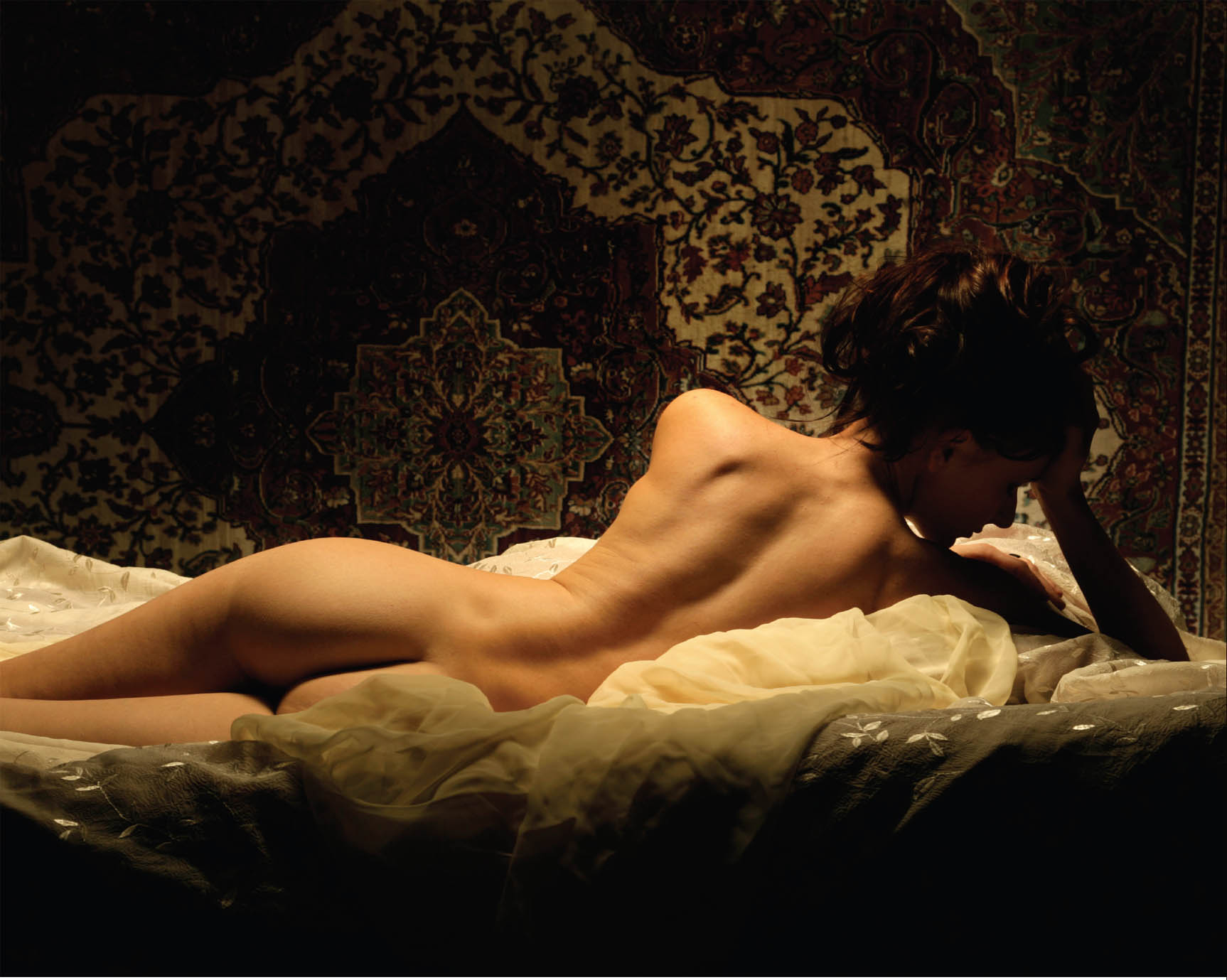
This faux oriental carpet made of genuine polyester measures 12×18 feet and usually lives in front of the studio stereo. It looks terrific when it’s hung from a rod between two sandbagged light stands. Properly lit, it becomes a beautifully symmetrical yet somewhat abstract, background that’s perfect for fine art images such as this.
From early spring through summer, check your local hardware store for indoor/outdoor carpet. It’s lightweight and can take quite a beating when used on a patio or inside a gazebo, but it’s also very useful as a background, especially for smaller studios. These rugs are made of non-reflective material and can thus be used close to a subject. Seamless paper will show some reflection from studio lights, especially at the curve where the vertical “wall” meets the floor at the bottom of the sweep.
Indoor/outdoor carpet is available in a wide variety of colors, is cheap, and can easily be attached to a wall using nothing more complicated than pushpins.
Because a rug absorbs so much light, a savvy photographer could easily set up an outdoor location where the model is lit by the sun against a deep, black background. Or, you could do what I did in my studio with the concrete floor; I set my lights, shot until my brave model was shivering (note to self: keep any liquids at room temperature), and just walked away when we were done. The floor and the carpet dried overnight.
Styrofoam Insulation
Large hardware stores sell 4×8-foot sheets of foam insulation material. It’s available made of several materials, including Styrofoam, in varying thicknesses. Regardless of what you purchase, they’re all inexpensive. It’s money in the bank for us cheapskates.
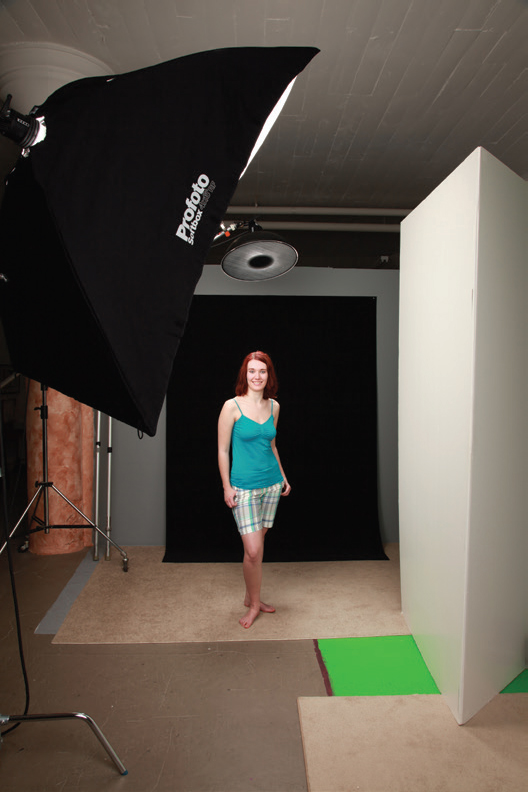
I purchased this piece of black indoor/outdoor carpet, measuring 6×9 feet and weighing almost nothing, for $18.95 (currently, the retail price is less, around $12). Even when the model is positioned quite close to the carpet, a little under 5 feet in this case, the background is still almost completely black. Note that there’s no reflection at the bottom. This is not a use of the Inverse Square Law, just a function of the fabric.
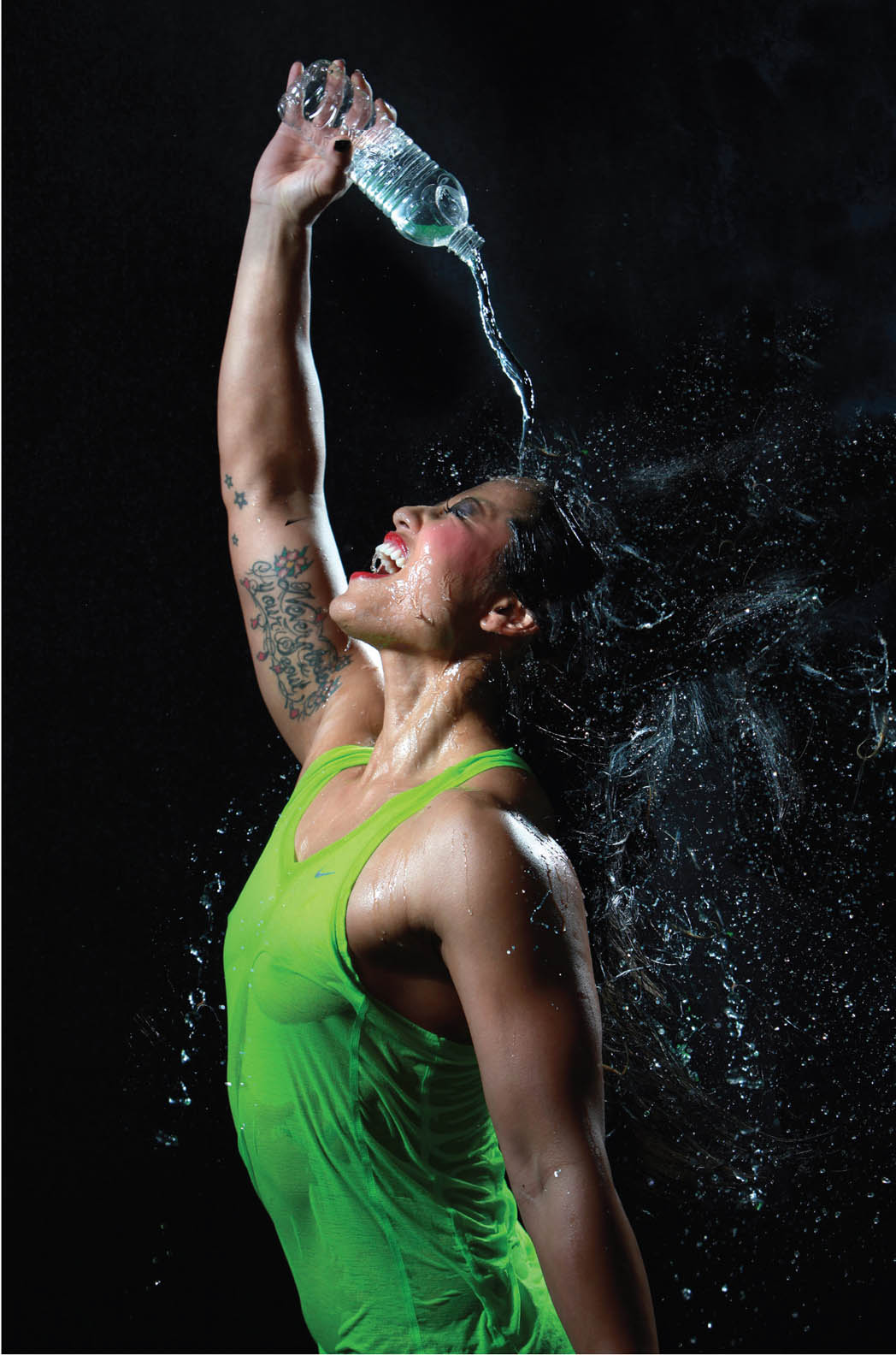
This studio portrait was made against a black-carpet backdrop.
As you can imagine, these sheets are cut from large blocks of foam. Consequently, they will show some patterning from the cutting tool. You may need to shuffle through a number of sheets until you find at least one with a texture you like.
I always have a few sheets of styrofoam in the studio, resting against a wall, waiting to be placed into service or repainted for some fresh idea.
The Woolie
As long as you’re at the hardware store, check out another product, The Woolie, an ingenious painting tool that allows you to paint mottled patterns, in two or more colors, with just one tool. Prior to painting my primary shooting wall into a huge greenscreen, I painted mottled patterns on the wall twice a year. My shooting wall is quite large, about 13×18 feet, but I could paint a really cool pattern across the surface in about an hour. Slop counts with The Woolie. On page 42, there’s a shot of my wall just prior to painting for greenscreen. I’ll admit that it looks cheesy under flat light, but it looks fabulous when simply accented.
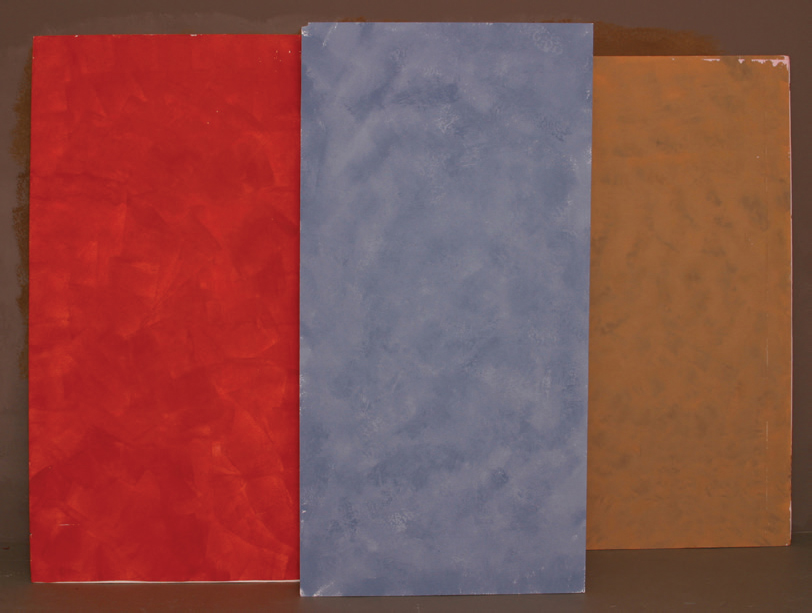
Painted Styrofoam panels are inexpensive and can be painted to create a range of backdrops.
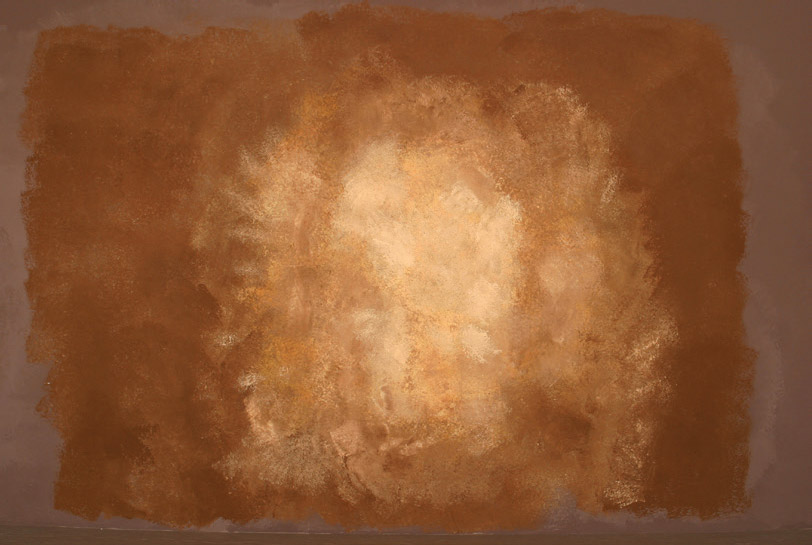
I used a Woolie to create this painted effect.
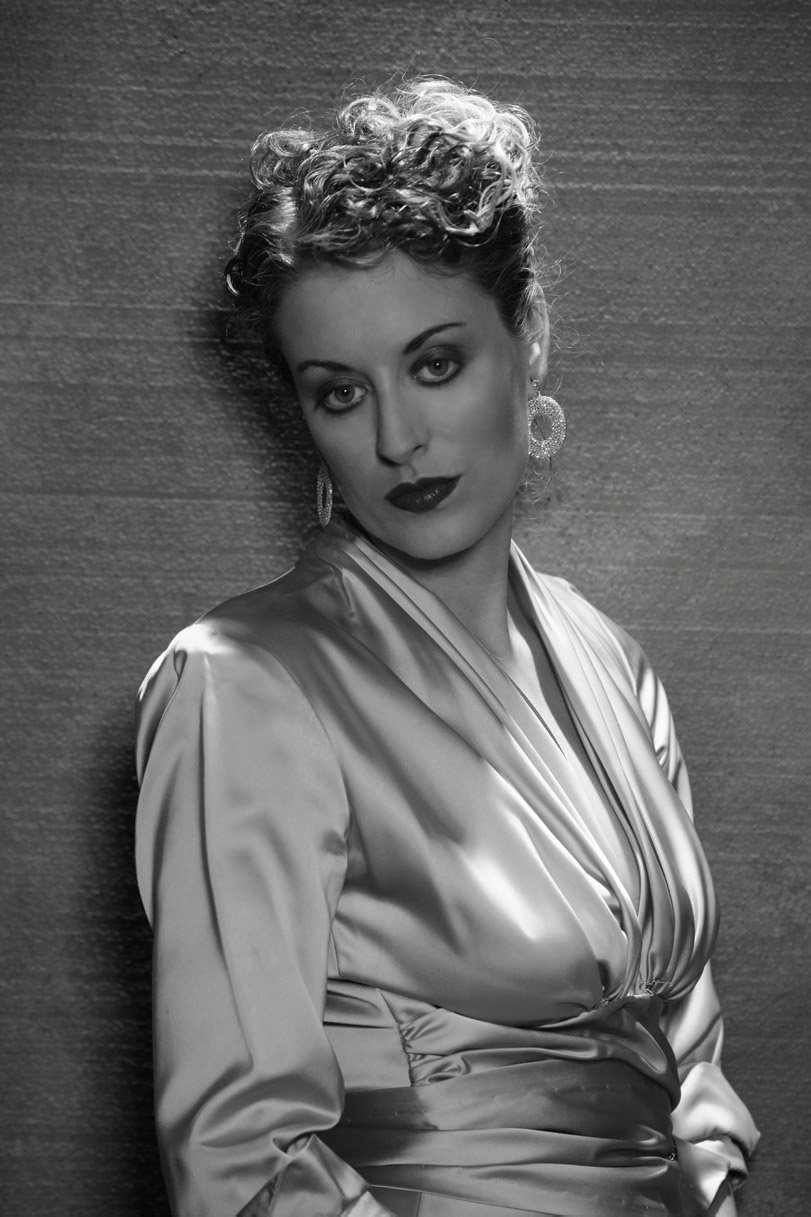
This image was made with a bare-tubed strobe, with sharply defined shadows that accent the marks of the cutting tool.
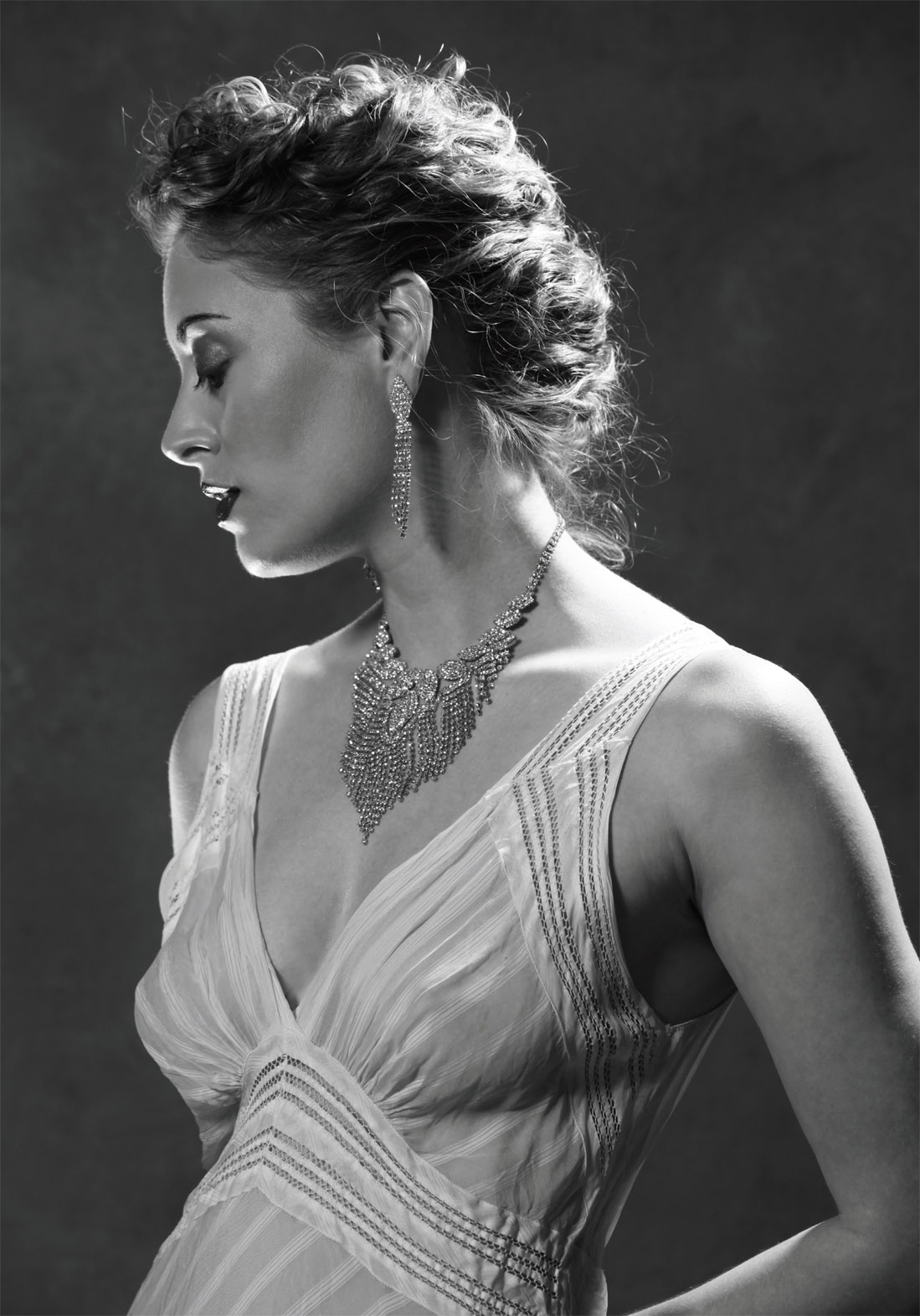
Painted backgrounds might look best when no attention is given to them.
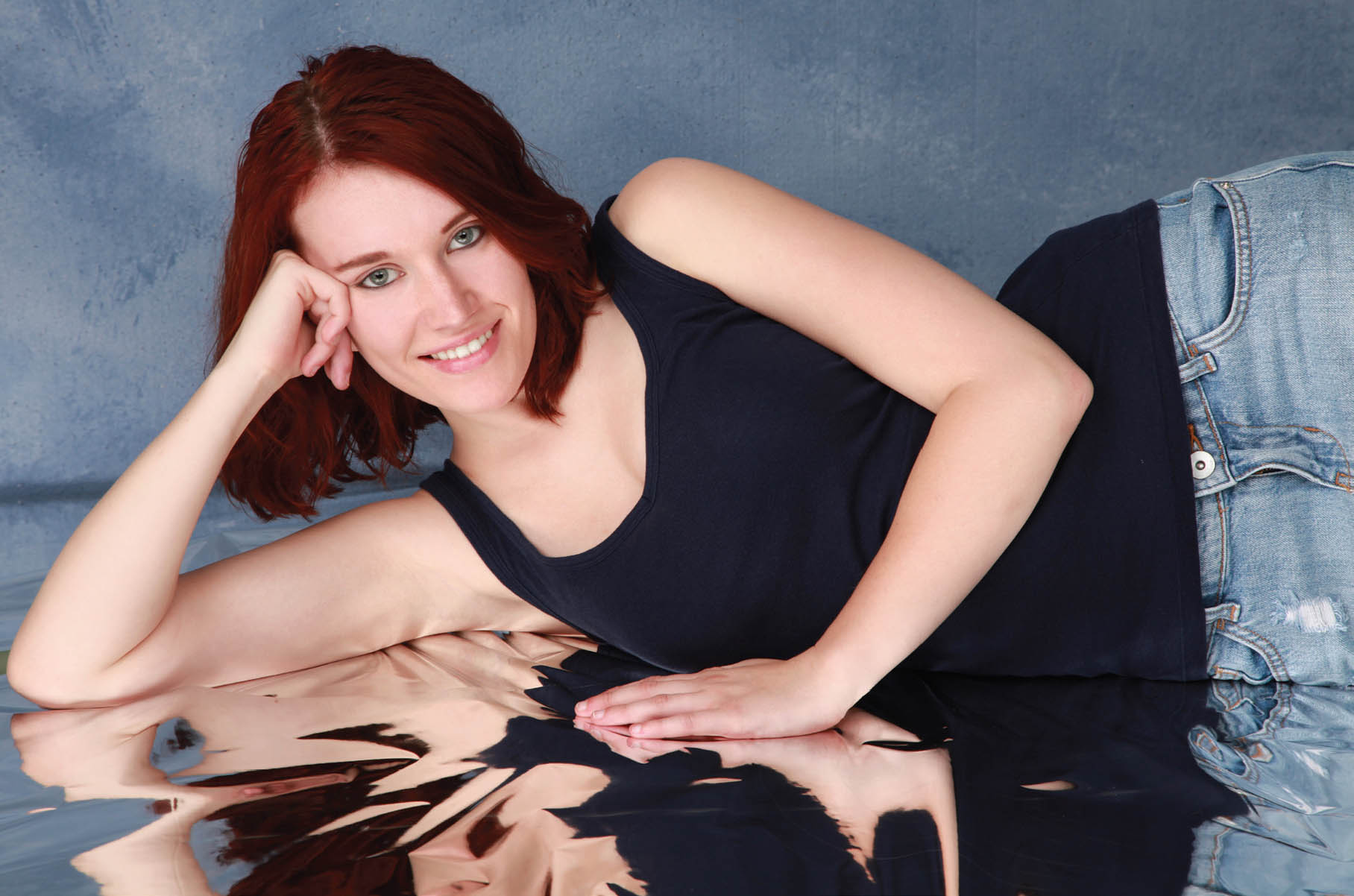
Among its other properties, mylar bounces light back up to the subject, opening the shadows.
In my book Christopher Grey’s Vintage Lighting: The Digital Photographer’s Guide to Portrait Lighting Techniques from 1910 to 1970, I created a couple of very retro images using a single panel of painted insulation. For the first, I used a long lens, with the aperture not quite wide open at f/4. I positioned the subject about 5 feet from the background. Even though the look is vintage, it’s just as tasty when used as a contemporary color trick. Either way, the result is a perfect, soft, mottled, portrait background that looks so much more professional than so many of the mass-produced muslins that are available in catalogs or camera stores.
Move your client up to the background (actually leaning against it), then stop down the aperture to keep the now-very-close background in focus. Depending on your aperture and the cutting pattern of the block saw, the background might look like painted cement or something else.
Mylar Gift Wrap
Here’s an idea for a great background/foreground for senior portraits. The Hampshire Paper Corp. (www.hampshirepaper.com) manufactures a terrific selection of specialty “paper” products that are extremely useful as backgrounds or foregrounds for a number of portrait applications. I don’t believe you can order direct from the manufacturer, but you may be able to find their products (or order them) through your local party supply outlet. I found a roll of silver mylar called “Krystalphane Silver Eurowrap” at Litin Paper (www.epartypaper.com), a Minneapolis outlet. I paid $9.95 for a 36 inch × 40-foot roll.
I placed a sheet of plywood on the floor to keep the mylar as flat as possible. You may find this is unnecessary, as the product will almost certainly wrinkle despite your best efforts to keep it flat. It won’t matter because wrinkles add to the look of this product. I’ve also used this product on a softer surface. Personally, I don’t like the softer surface that much, although you may find it works with your vision.
To get the background, I butted the same Styrofoam sheet I’d used in the previous example lengthwise and against the plywood sheet, leaning it against an accessory arm attached to a light stand. Bear in mind that the angles of the wrinkled mylar will pick up reflections from anything that’s lit, so check your camera’s LCD screen closely.
Mylar is an unusual and attractive surface. The price point is low, so I’d advise you to check it out, and give it a try. If you like the look, put it into your bag of tricks.
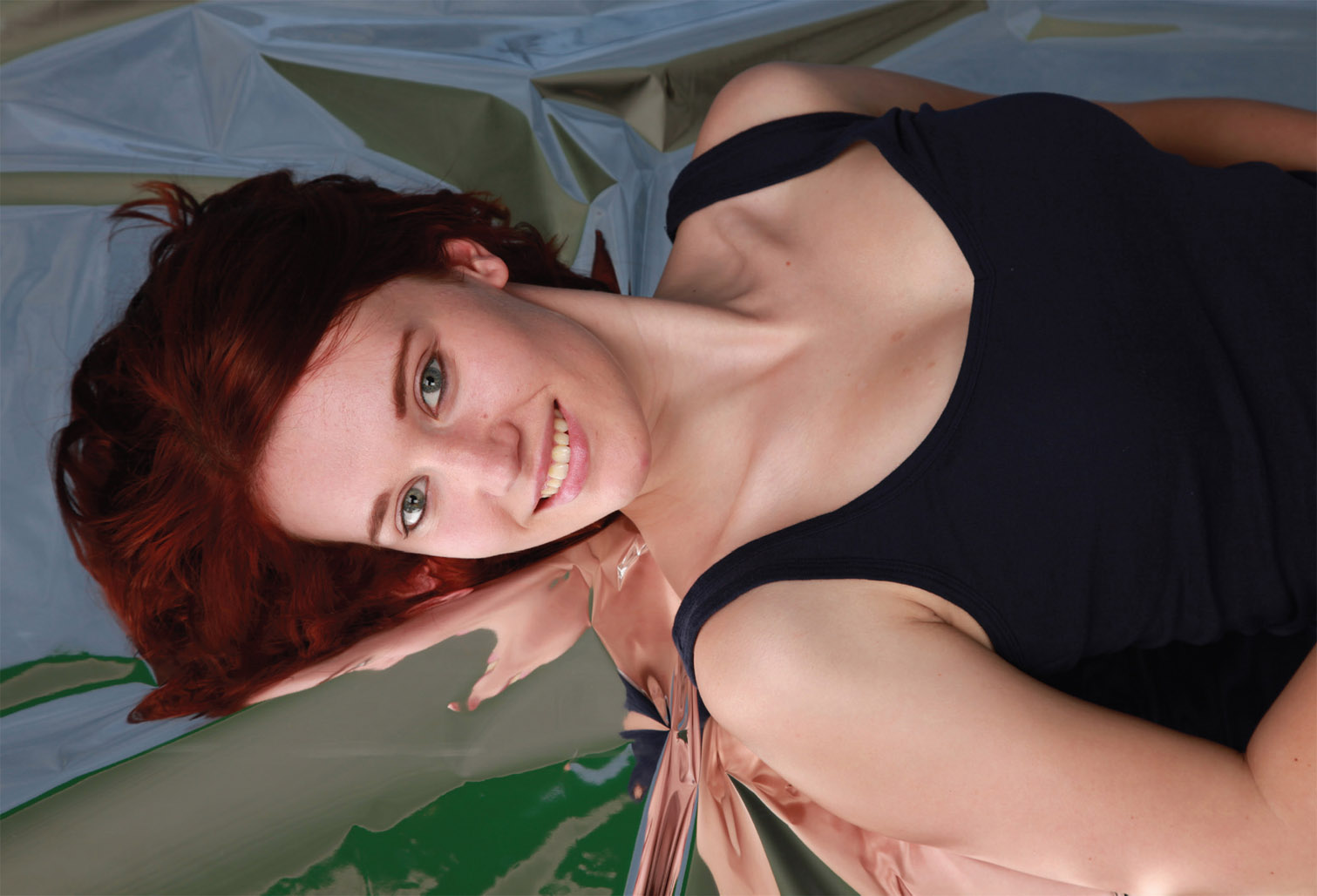
Reflections are key when working with mylar.
Shower Curtains
Those of us in search of cheap tricks leave few stones unturned.
Shower curtains can be an inexpensive source of amazing backgrounds. You’ll need a lens, either a prime or zoom, capable of filling the frame without exhibiting wide angle distortion for either the background or the subject. As with so many tricks, lighting is the primary key to success, but the amount of “mass” you give the subject via lens selection is just as important. Whatever you decide to use as a background must look natural, almost organic. It can never look like something thrown up in a pinch. I can’t stress that enough.
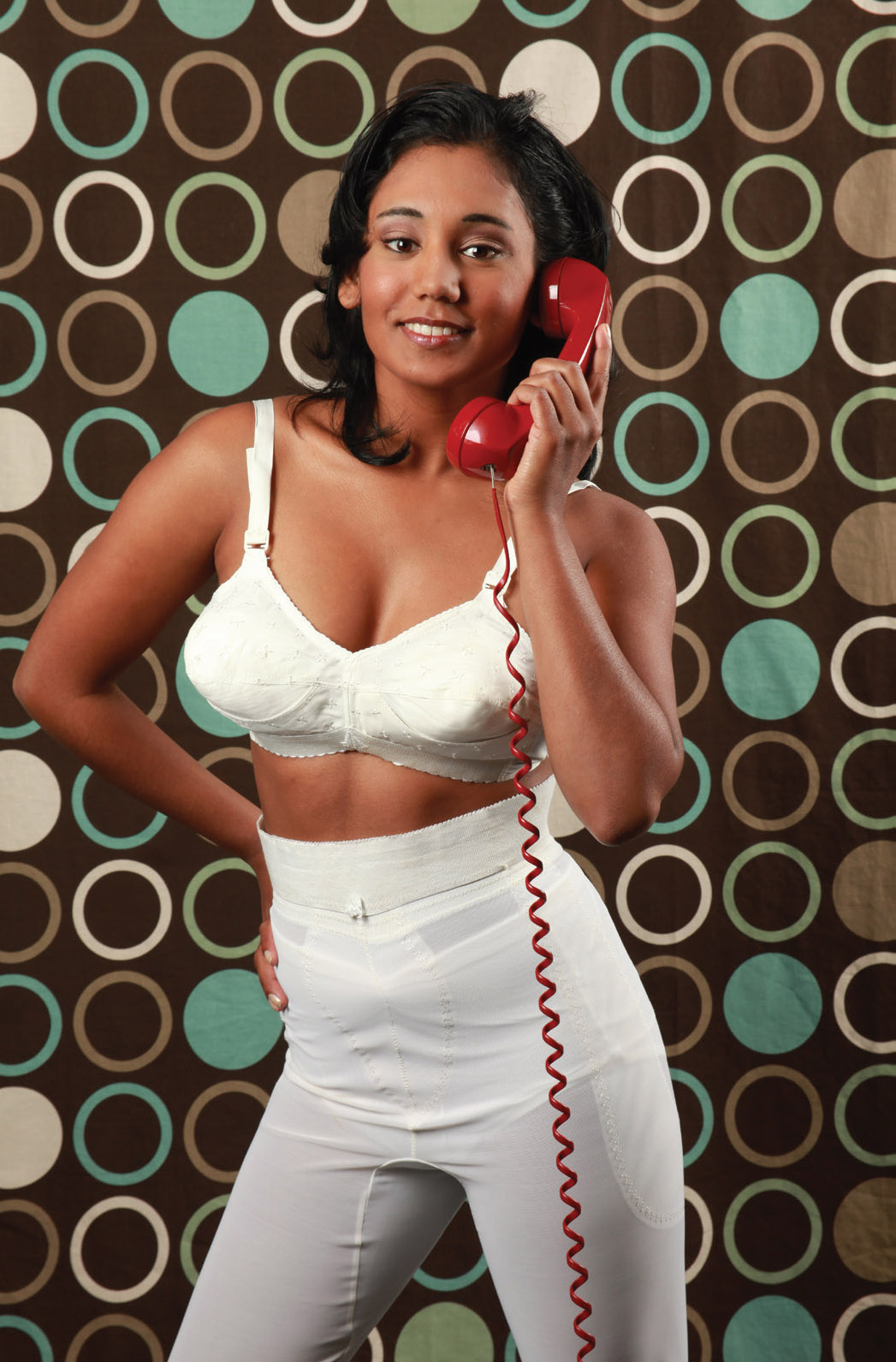
We purchased a very retro-looking curtain for a 1950s pinup image.
Shower curtains are inexpensive, and you can often find one large enough to fit a standard bathtub for about $10. You can also find prints that address a particular theme.
Unless you have a specific need for just one curtain, buy two of your chosen pattern. Solid colors, in particular, lend themselves to great backgrounds, especially if you work the natural folds into the image. Here are two shots that show the actual set as well as a final crop. By the way, bright red and pink are very retro colors. Burgundy is much more contemporary.
Window Curtains
Although each panel can cost at least twice as much as a basic shower curtain, premade window curtains offer more height options than the one-size-fits-all product that fits your bathtub. You can purchase window curtains with grommets. This will allow you to slide a curtain rod right through them to hang them. This is one more advantage over using shower curtains, which you’ll need to hang using shower curtain rings, which could be an added expense.
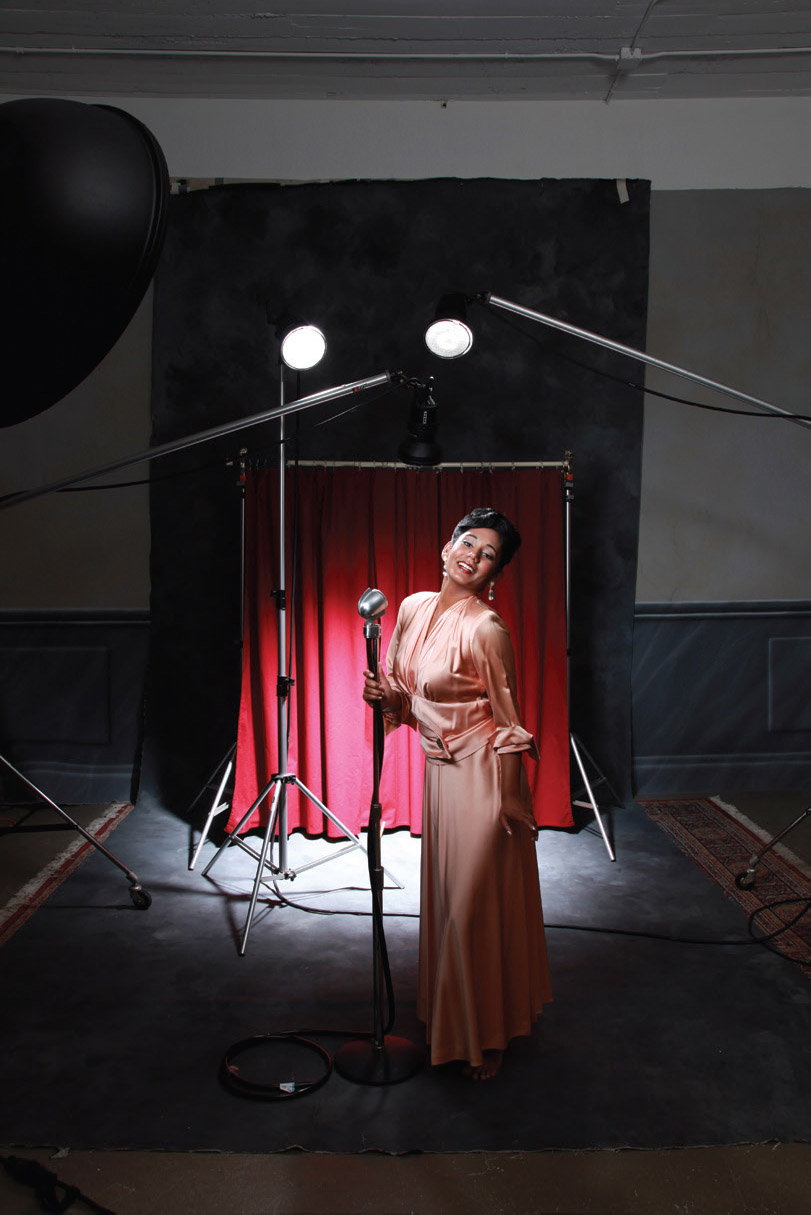
The set is both chaotic and controlled.
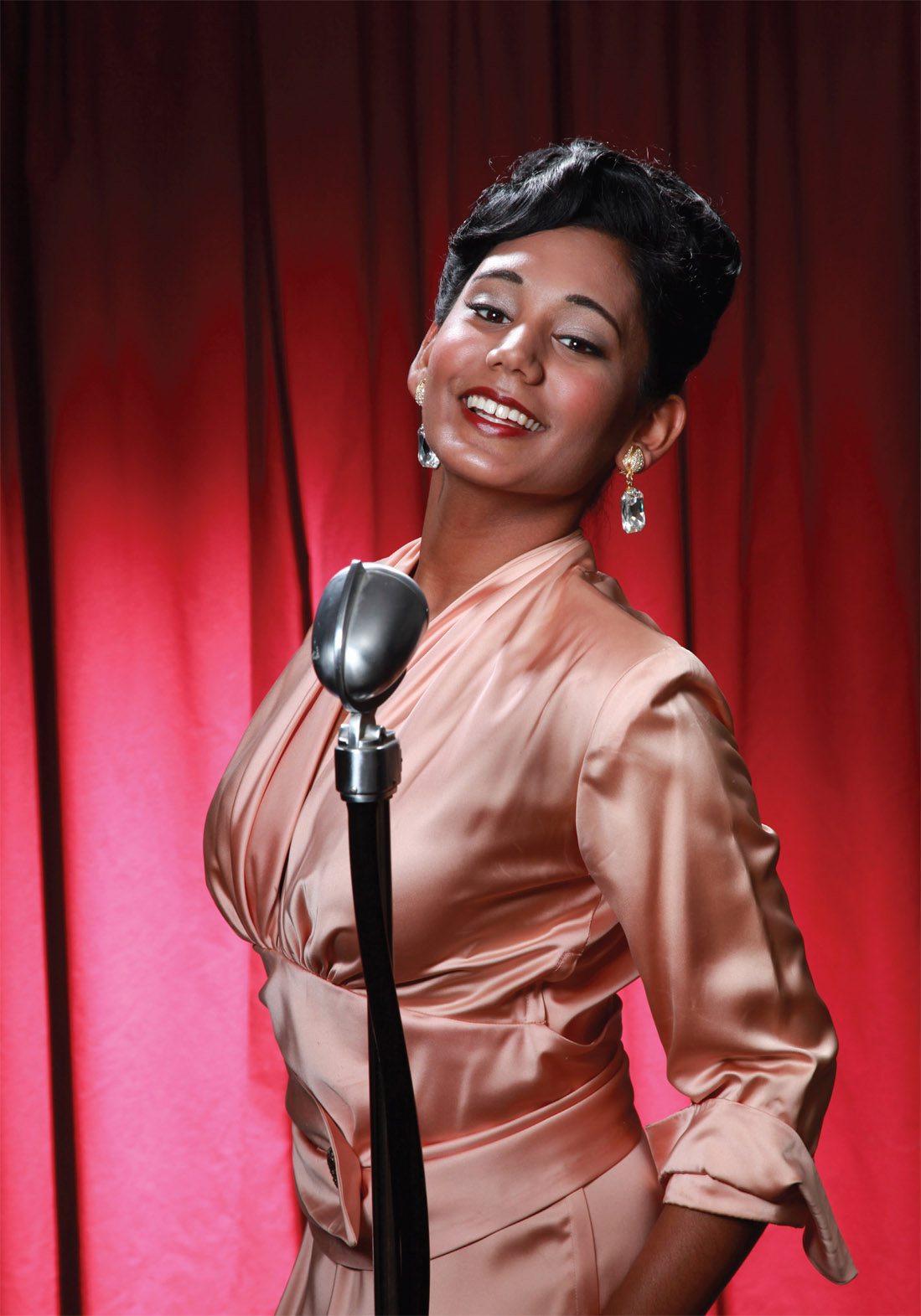
This was one of the cover ideas I submitted for my book Vintage Lighting.
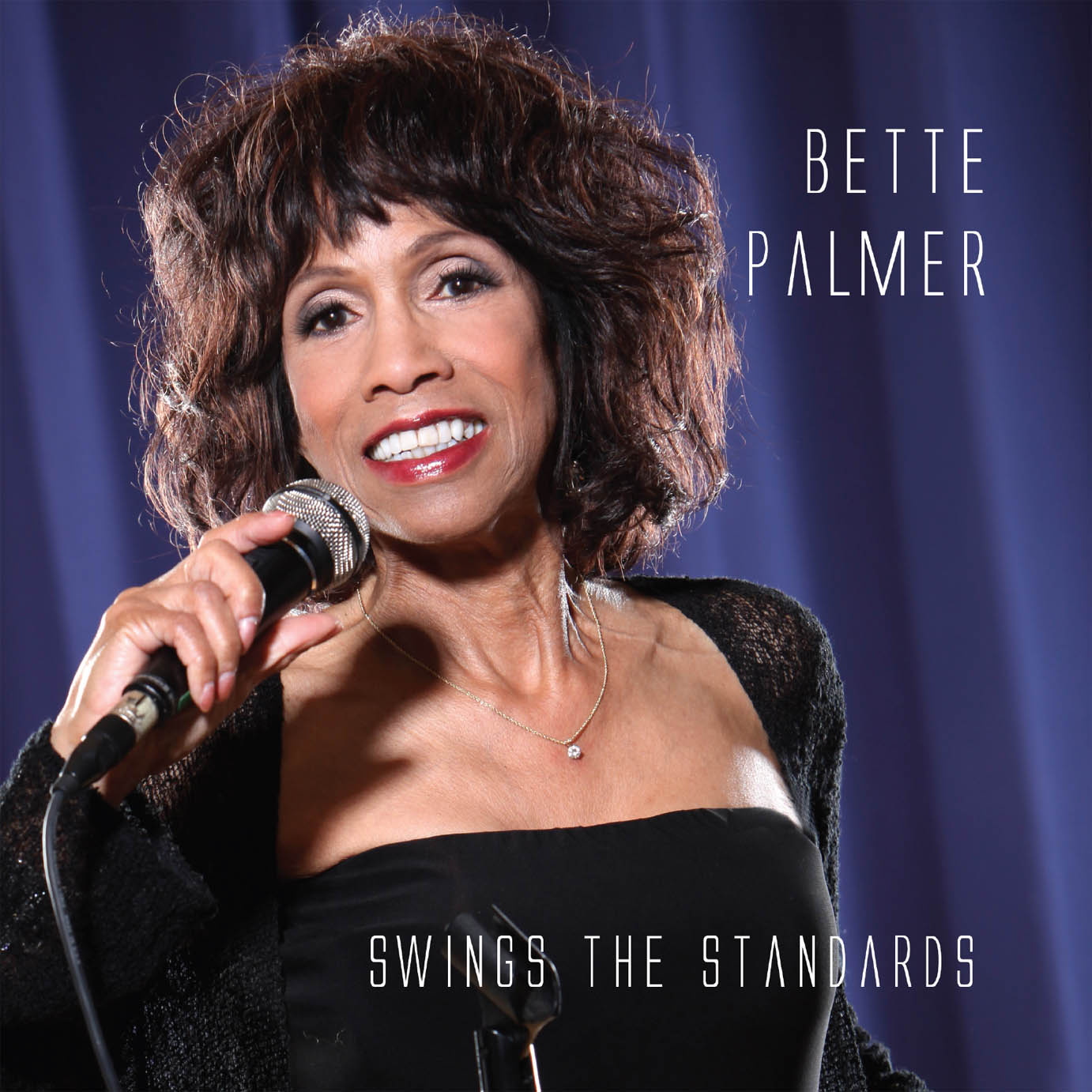
Even a high-powered Broadway producer would buy into this illusion.
Because of my experience with traditional Hollywood lighting scenarios, I’ve had the pleasure of photographing a number of entertainers and I’ve used window curtains as a backdrop several times. If you’re a casual, off-the-street kind of person purchasing this music, you would totally buy into my cheap trick illusion.